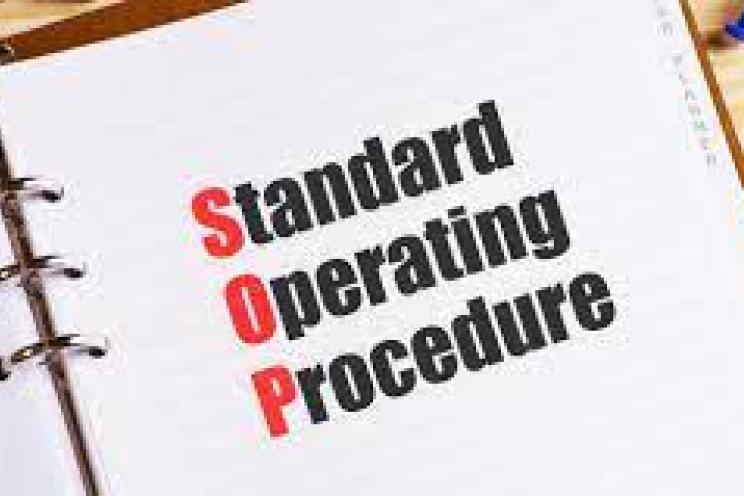
How to reach seamless restaurant operations?
Managing a restaurant is not a fun trip, although you might be enjoying what you’re keen of in hospitality sector. You must be in full control of your venue especially with the new trends merging into the sector and changing the way people approach it.
One thing that holds everything together is the restaurant operations that entail all aspects of day-to -day restaurant management and include all details such as stock management, food preparation, kitchen management, staff monitoring and all what it takes to open your restaurant for customers every single day.
The more flawless operations you can reach, the more efficient the outcome will be.
What it takes to have seamless operations that lead to your sustainability?
Incorporate technology
Technology in restaurants became applicable in all the different operations for a reason. The POS software that you should install is the one with all the needed and industry related features such as kitchen management, inventory management, CRM, menu engineering, reservations management and much more.
Don’t be satisfied with these features only. Do yourself a favor and get a POS that provides you with reporting and analysis insights to grasp all your business figures and understand their significance. This will enable you to set your goals and attain them because they are based on realistic data and figures.
Relying on technology reduces human errors if we don’t want to go extreme and say eliminate them.
Your stock levels shows real-time data, your recipes become consistent among different branches, your customers are satisfied with a customized customer service and follow-up, your menu is as profitable as it can be and you are able to focus on improving and developing your business.
Track KPIs
We usually measure our success in comparison to a set of metrics. You need to do the same thing for your business.
Restaurant metrics or KPIs against which you evaluate the overall performance might be:
- Prime costs (labor costs + COGS)
- COGS
- Food cost percentage (Item Cost / Selling Price)
- Labor cost percentage (Labor Cost / sales)
- Gross profit
- Customer satisfaction
Knowing your overall costs and the contribution of food and labor costs to overall expenses in addition to your gross profit, represents a start point for you to start digging deeper and narrowing down areas of improvement.
You might find that you need to lower your food costs or labor costs. You might look for ways to increase your revenues or enhance your menu performance.
This data is accessible from the POS and accounting reports but you need to monitor it regularly.
Handle your customers smartly
If you maintain a good relationship with your customers, then you saved lots of money and effort on building your brand recognition and increasing your market reach. Customers are your best brand ambassadors, so managing well and dealing with them with appreciation and professionalism serve at your benefit and has its ROI.
Once again, technology streamlines the process with a CRM feature that stores customers purchasing history, contact details and preference information. This data enhances suggestive selling leading to a better customer service.
You can also customize the service with regular interactions containing information about offers, events or announces.
Layout the kitchen efficiently
While it’s normal that your main focus is on the food and recipes but checking the kitchen’s functionality ensures efficiency in preparation and increases the speed of work due to the enhanced workflow.
Equip your kitchen with accessible storage area and enough work stations to maximize its potential and to increase orders prepared and sales.
Consider having an open kitchen area as it enhances customer satisfaction when they watch their food being prepared transparently in front of them. It means that you guarantee your food preparation with a clean process. A study has shown that transparency in the kitchen equally improves the perception of a better meal and actually improves it.
Conduct a SWOT analysis
SWOT analysis is an effective business tool to make decisions. You may have many strengths, weaknesses, opportunities and threats but you need to prioritize your issues to get results.
You need to focus on the main important ones though or at least the ones that matter the most in terms of making the biggest difference in the results.
If your weaknesses are high waste and high labor costs, prioritize the issue that affects you the most and that is easier to control. Is food waste more manageable? Investigate areas of waste starting from the kitchens and portions to the food left after customers leave.
Check employee’s waste management in preparing the food and consuming it in addition to their consumption of the goods in the restaurant such as napkins and detergents.
Operating a restaurant needs a consistent effort and you can’t overlook any aspect because the slightest issue will eventually impact your operations and reputation.





